Taking a closer look at the diverse nature of one of Croatia's most popular attractions - National Park Krka. A look at the ethno village offer.
A gem crafted by Mother Nature herself, Skradinski Buk is one of those places everyone should visit at least once in their lifetime. And yet, the park boasts so many versatile wonders, it would be a shame to overlook some of the other treasures on display. As with any other famous destination, visiting only the main attraction will surely leave you feeling pleased enough, but it also means failing to explore, learn, and understand the core of the place itself.
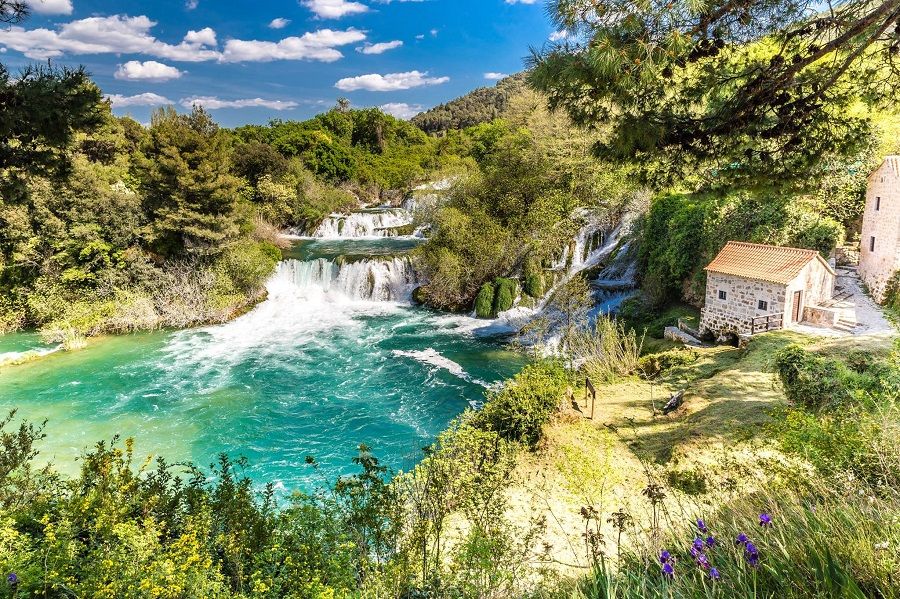
The value of the park goes far beyond the nature, no matter how glorious it might be. The spectacular sight of the waterfalls is sure to leave anyone dazzled – even a quick glance at the photos is enough to stop you dead in your tracks.
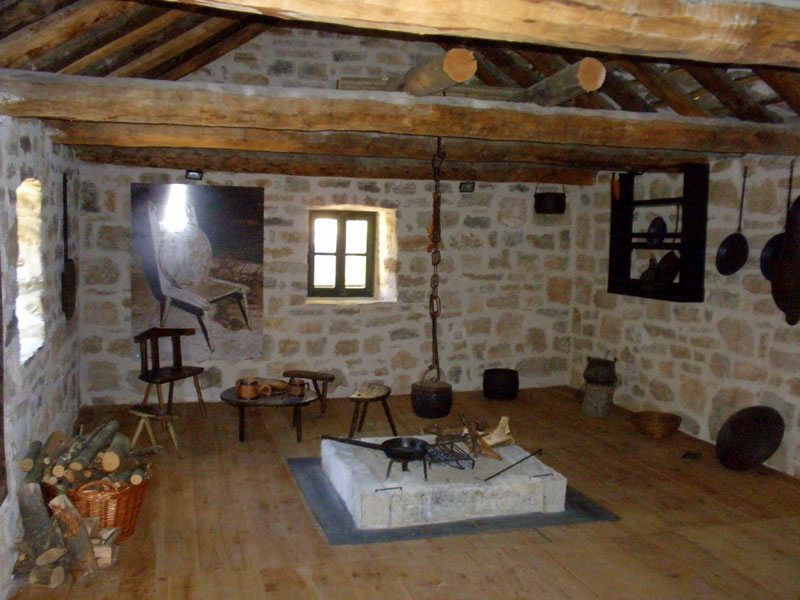
However, what is it that makes the National Park Krka inherently Croatian? What makes it stand out among all the national parks in the country, or even worldwide? It's the culture – the long, historical tradition that helped shape this area into what it is today. Take a peek beyond the veil of water mist and the lush vegetation that surrounds you, and you'll start noticing the national park doesn't only own its status to the natural treasure.
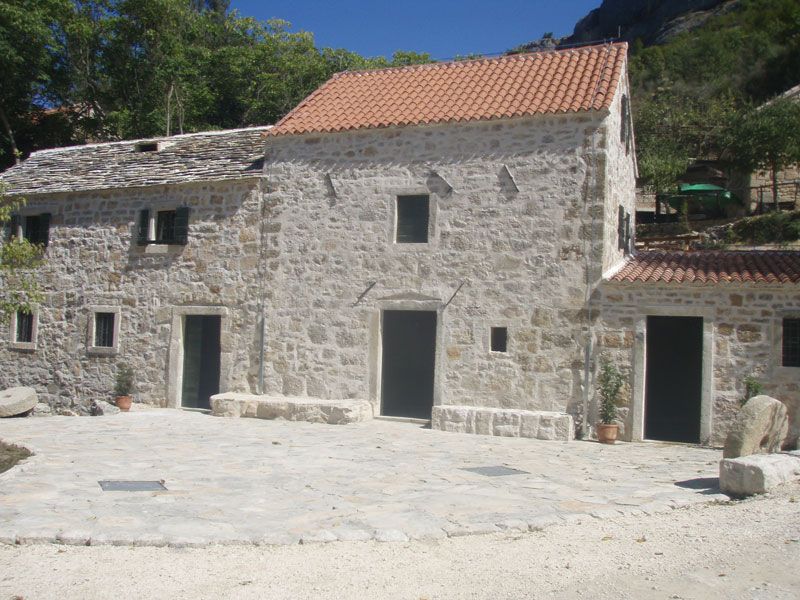
Look around, and you'll find numerous cultural attractions in the National Park Krka – for a list of ideas, take a look at this piece. In recent years, the management has been doing a phenomenal job of promoting all the facets of this unique area, making sure to introduce the visitors to the rich traditional heritage preserved along the river Krka.
One particular example that stands out is the ethno presentation, an array of sights and activities providing fascinating insight into the former way of life in what used to be a rural area. Amidst the enchanting blues and greens of Krka stand the water mills built in the 17th and the 18th centuries; they are a part of the system of pre-industrial water plants that used to operate along the river.

Owing to their cultural significance, they were proclaimed etnographic monuments and restored at two locations, at Skradinski Buk and at Roški slap (Roški waterfall). Today, the mills present a rare opportunity to witness the entire process of milling wheat, along with an impressive array of traditional crafts and activities that include washing and pounding of cloth, fabric weaving, ploughing, and horseshoe smithing.
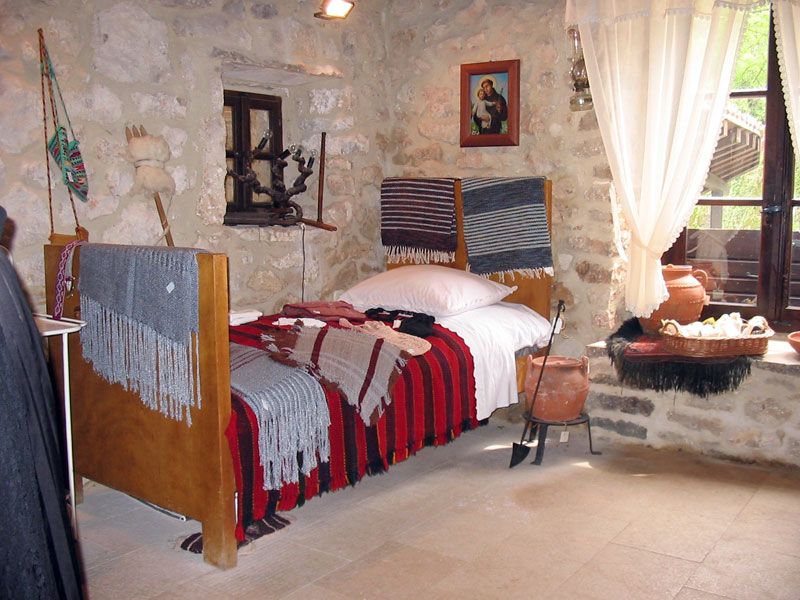
Near Skradinski Buk, you'll find the so-called Gornja kuća (Upper house), an architectural complex composed of a water mill, a kitchen on the upper floor, the miller's former dwellings, and a barn. On the ground floor, there are six restored mills, along with a water reservoir and six flumes that direct the water to the millstones.
Cloth pounding and fulling used to be carried out in the adjacent cave, where a forceful stream of water propelled two large wooden hammers that pounded the cloth, softening it as a result. Next to the preserved machinery, you can still see the baskets used for washing and softening various textile products.
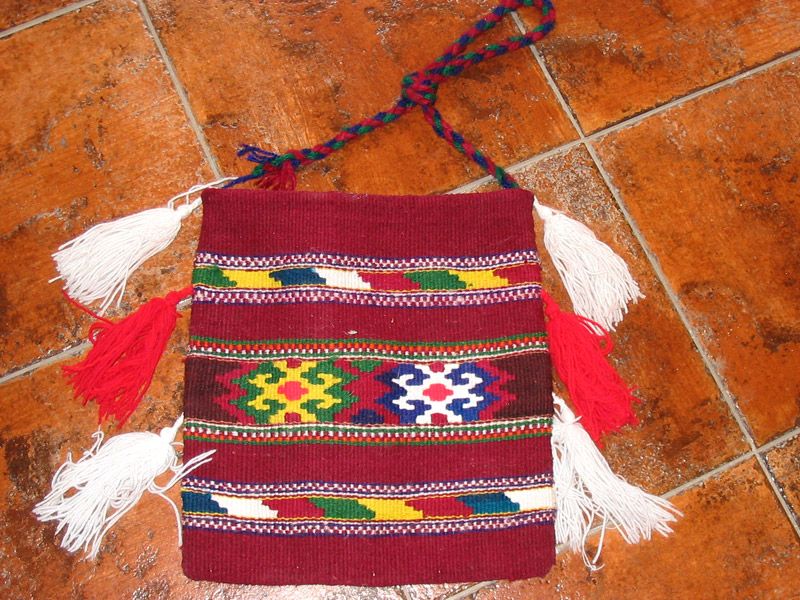
The ethno-villages are also home to a rich fund of well-preserved items for everyday use, ranging from traditional wooden and ceramic dishes to handmade furniture, garments and tools.
A walk through the house resembles travelling back in time and experiencing remnants of an entirely different way of life. The vibrant woven bed covers and tapestries, as well as the skillfully crafted wooden tools, stand witness to an age when people were able to craft and produce everything they needed in their daily lives from scratch, with their own two hands, adding a dash of colour along the way.
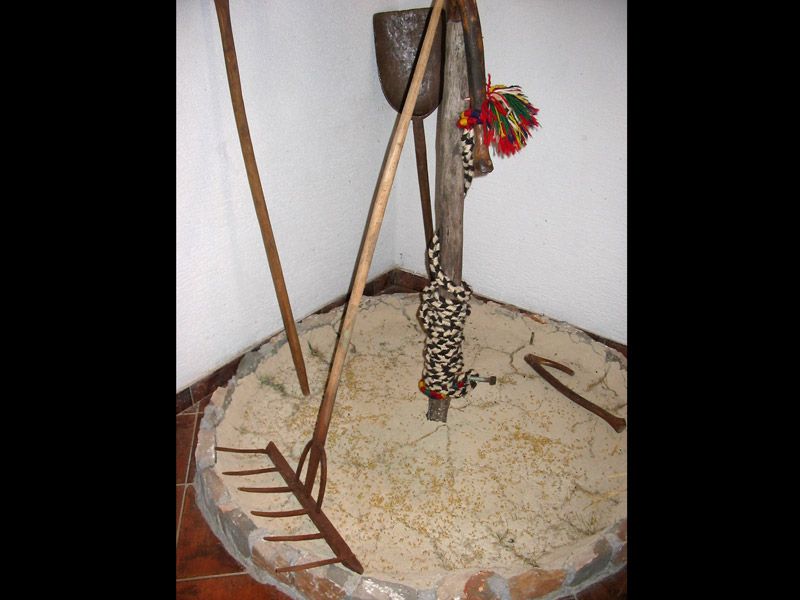
With an entire world waiting for you in the National Park Krka, are you still sure you only want to see the waterfalls?
To learn more about the diverse attractions at National Park Krka, visit the official website.


